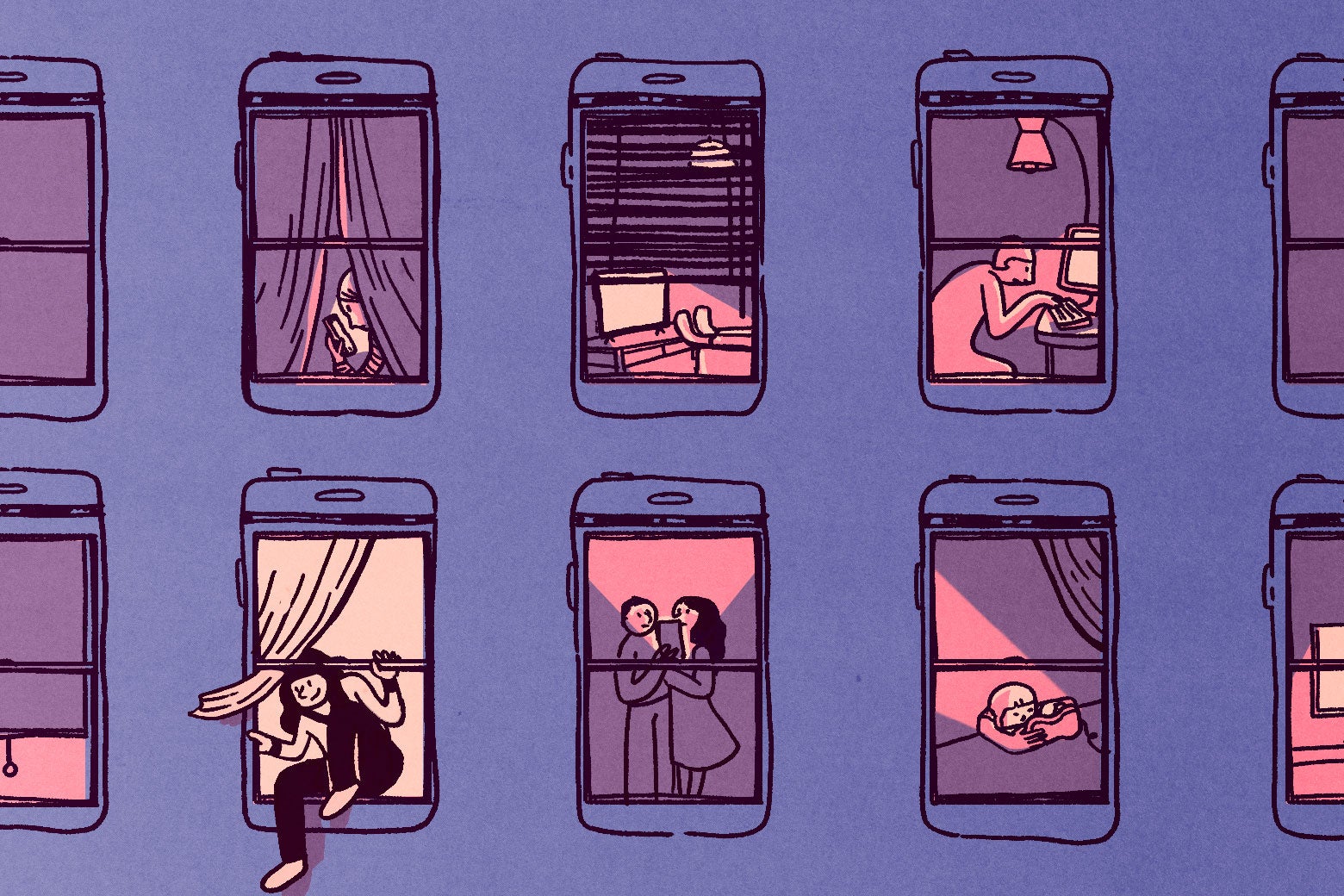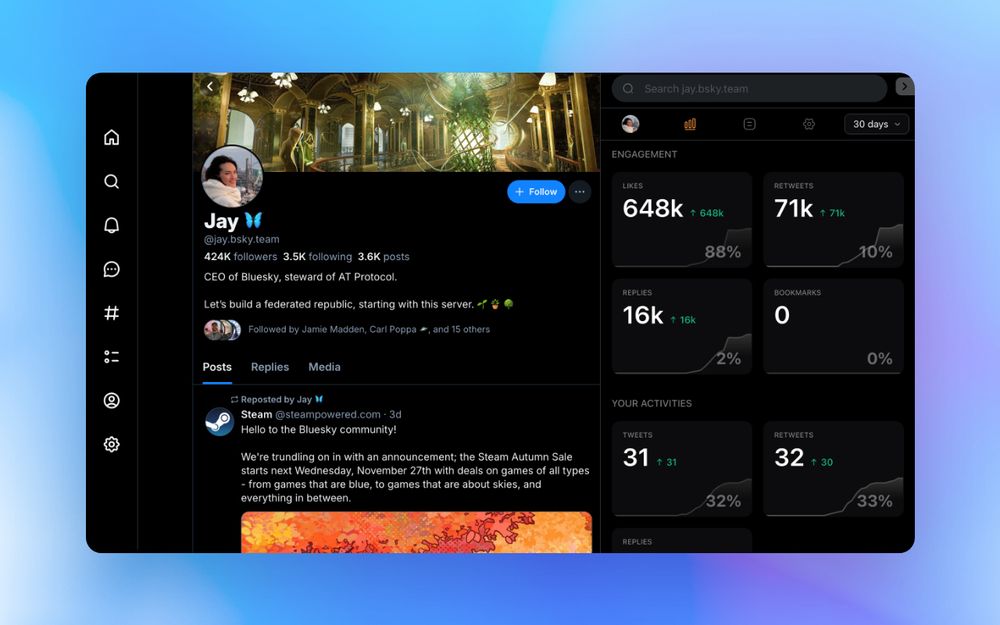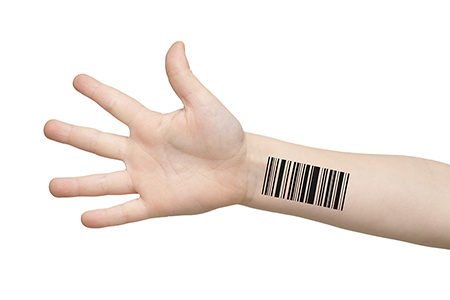
Welcome to the Human Doom Loop
For a decade, my therapy appointments required a 30-minute train ride to a mid-rise medical office building in suburban Philadelphia, where I reclined on a black leather couch, grabbing the occasional Kleenex. But since 2020, I’ve simply closed my web browser (article drafts, credit card bills, LinkedIn feed), angled a 1080p camera so my therapist can’t see baskets of laundry and my kids’ stuffies, and spilled my guts. I sometimes wish I could still visit my therapist in person and even miss those train rides where I’d take stock of my week, but I have no choice but to log on: My therapist, like so many other professionals, has given up going into the office.
Remote therapy has increased by a staggering 2,300 percent since 2020 and now accounts for the majority of sessions. It’s one of a number of in-person activities, such as watching a movie, taking an exercise class, or shopping for groceries, that were replaced during the COVID pandemic by their equivalents at home, in front of a screen. Five years later, the convenience, price, and time savings of remote activities have made them fixtures of postpandemic life.
When I left full-time work earlier this year to go freelance, I finally landed that totally flexible schedule with no annoying bosses or co-workers. I didn’t expect that working from home would initially mean a 5-pound weight gain, and that I’d take my kids to school not just to make sure they made it to class—but to chat with other parents. It turns out that the simple obligation of going to a workplace, shop, or school every day brought positive externalities that are vanishing from our lives.















